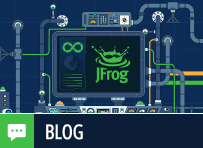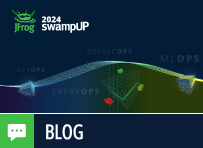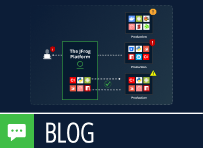Machine Learning Bug Bonanza – Exploiting ML Clients and “Safe” Model Formats
In our previous blog post in this series we showed how the immaturity of the Machine Learning (ML) field allowed our team to discover and disclose 22 unique software vulnerabilities in ML-related projects, and we analyzed some of these vulnerabilities that allowed attackers to exploit various ML services. In this post, we will again dive …













